
Why did iFixit downgrade its score for the iPhone 14? Bad software makes it impossible to repair
Software restrictions shouldn’t stop repair. Let’s ban them.
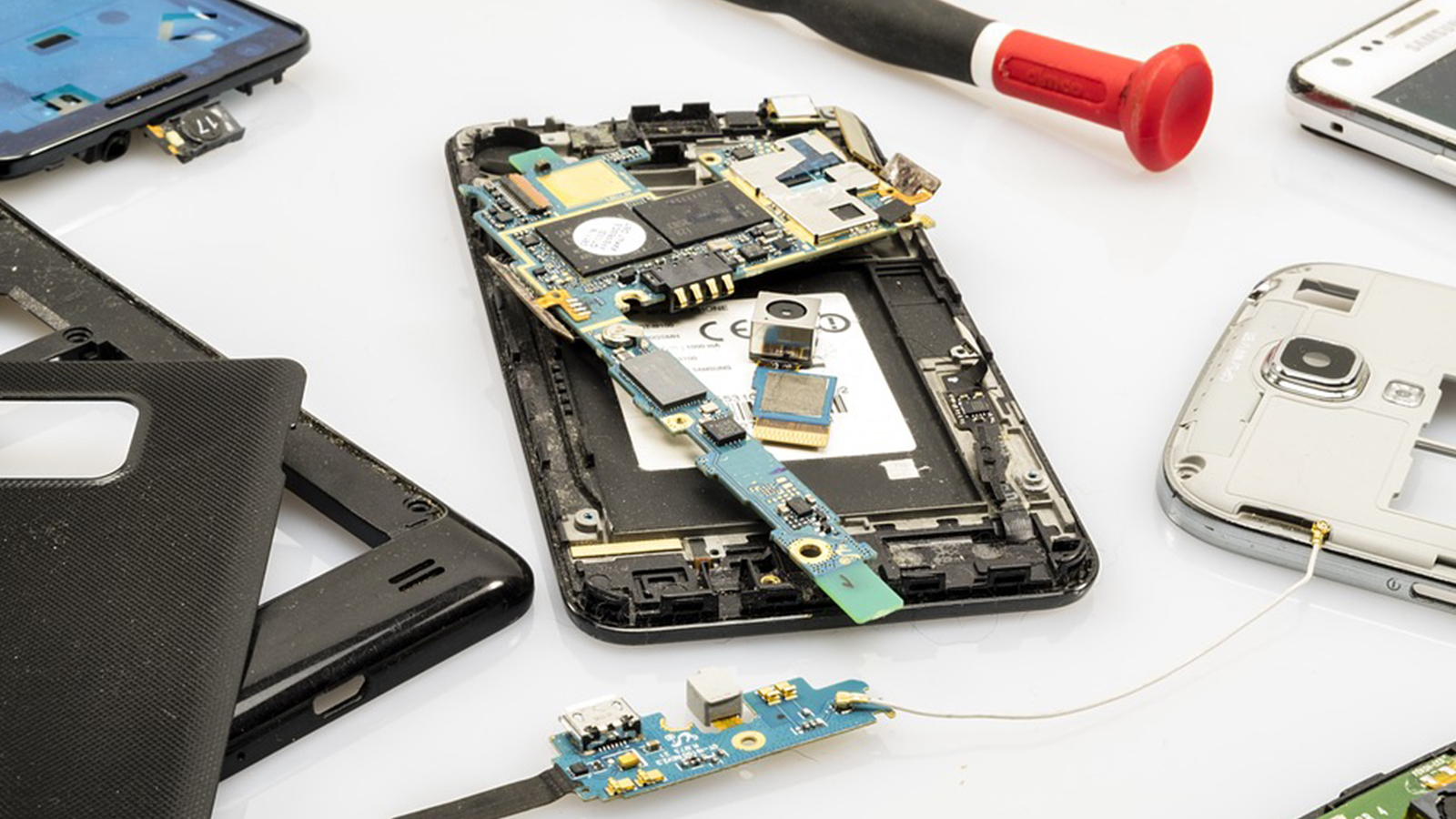
On Tuesday, iFixit, a popular repair database run by Right to Repair advocates, retroactively decreased its repairability score for the iPhone 14. While iFixit initially gave the iPhone 14 a “recommend” rating of 7 (out of 10), the device has now been downgraded to a “do-not-recommend” rating of 4. iFixit’s blog post explains that “parts pairing” software that blocks repair is the culprit responsible for the lowered score.
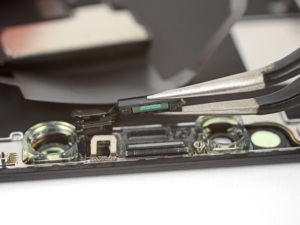
Photo by iFixit | Public Domain
How software restricts repair
Although newer iPhone models have been designed with more accessible hardware, software locks still make them increasingly difficult to repair. While the iPhone 14’s rear glass panel makes it easier to disassemble, repair technicians and home fixers have encountered software barriers to installing replacement parts.
When I replaced my iPhone’s screen and battery, even though I used official Apple replacement parts, I was greeted with Apple’s warning that I had installed an “unknown part.” Why can’t my iPhone recognize an official Apple part? Because as a DIY-fixer I don’t have access to Apple’s software tools that allow me to officially “authenticate” the repair. That’s absurd.
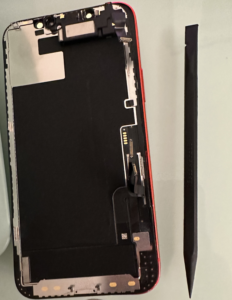
Apple has used software to pair the parts glued to the top of my old screen with my iPhone. Rather than just replacing them I had to carefully peel them off to reattach to my new screen.Photo by staff | TPIN
With these restrictions, I’ve lost the ability to check my battery health and had to carefully peel off the front-facing camera from my broken screen and attach it to the replacement. I’ve lost functionality and I’m stuck with fear-mongering warnings about “unknown parts.”
Parts pairing creates barriers to everyday fixers, independent repair shops and even authorized technicians who have to slog through unnecessary bureaucracy to make simple repairs.

Government can solve the problem
Apple isn’t the only tech company using software to prevent repair. It’s a growing problem for consumers as more companies embed tech in their products, from phones and home appliances to tractors and cars.
The Federal Trade Commission (FTC) could stop parts pairing by enforcing existing rules against “tying:” Companies are not supposed to tie the use of one product to the purchase of additional items or services. FTC guidelines explain, “the general rule is that tying products raises antitrust questions when it restricts competition without providing benefits to consumers.”
The use, repair, maintenance, and resale of a product I own shouldn’t be tied to buying proprietary parts, using manufacturer repair services or “authenticating” my repair.
Do we really have a Right to Repair?
Using software to prevent repair is potentially illegal in some states thanks to the Right to Repair movement. Right to Repair laws that give us the rights to parts, tools and information we need to fix our stuff, have swept the country, with four states passing legislation over the last year or so. Earlier in September, California passed the nation’s strongest consumer Right to Repair bill. If Gov. Gavin Newsom signs it into law, manufacturers will need to make their products repairable—and soon.
In the rest of the country, we don’t need to wait for the FTC or lawsuits in the courts to act—we just need our elected lawmakers to represent the public interest. State legislatures can pass laws against parts pairing and other software restrictions. States can also pass laws requiring repair scores for devices such as laptops, phones and appliances. These scores are like EnergyGuide labels for repairability. They provide consumers with a 1 through 10 score that measures availability of spare parts, ease of disassembly and longevity of support, before they purchase expensive devices.
Parts pairing and other repair restrictions will result in bad scores, similar to iFixit’s “do-not-recommend” score for the iPhone 14. When consumers are aware of a product’s repair restrictions, it will hurt bad actors’ bottom-lines. We’re much more likely to buy products we know in advance that we can fix.
Samsung’s own research found that 86% of surveyed French consumers said their country’s repair scoring impacts their purchasing behavior. Eight out of 10 who indicated they would give up their favorite brand for a more repairable product.
It’s time for products designed to last
The industry is moving toward manufacturing products that are easier to take apart and repair. Right to Repair laws are sweeping the country, state by state. Companies as large as Google are announcing longer lifespans for their products. With this momentum, we can’t let software restrictions prevent us from fixing our stuff.
The good news is that Apple could solve this tomorrow with a software update. If they don’t, we’ll exercise our right to repair our laws.
Topics
Authors
Lucas Gutterman
Director, Designed to Last Campaign, PIRG
Lucas leads PIRG’s Designed to Last campaign, fighting against obsolescence and e-waste and winning concrete policy changes that extend electronic consumer product lifespans and hold manufacturers accountable for forcing upgrades or disposal.
Find Out More
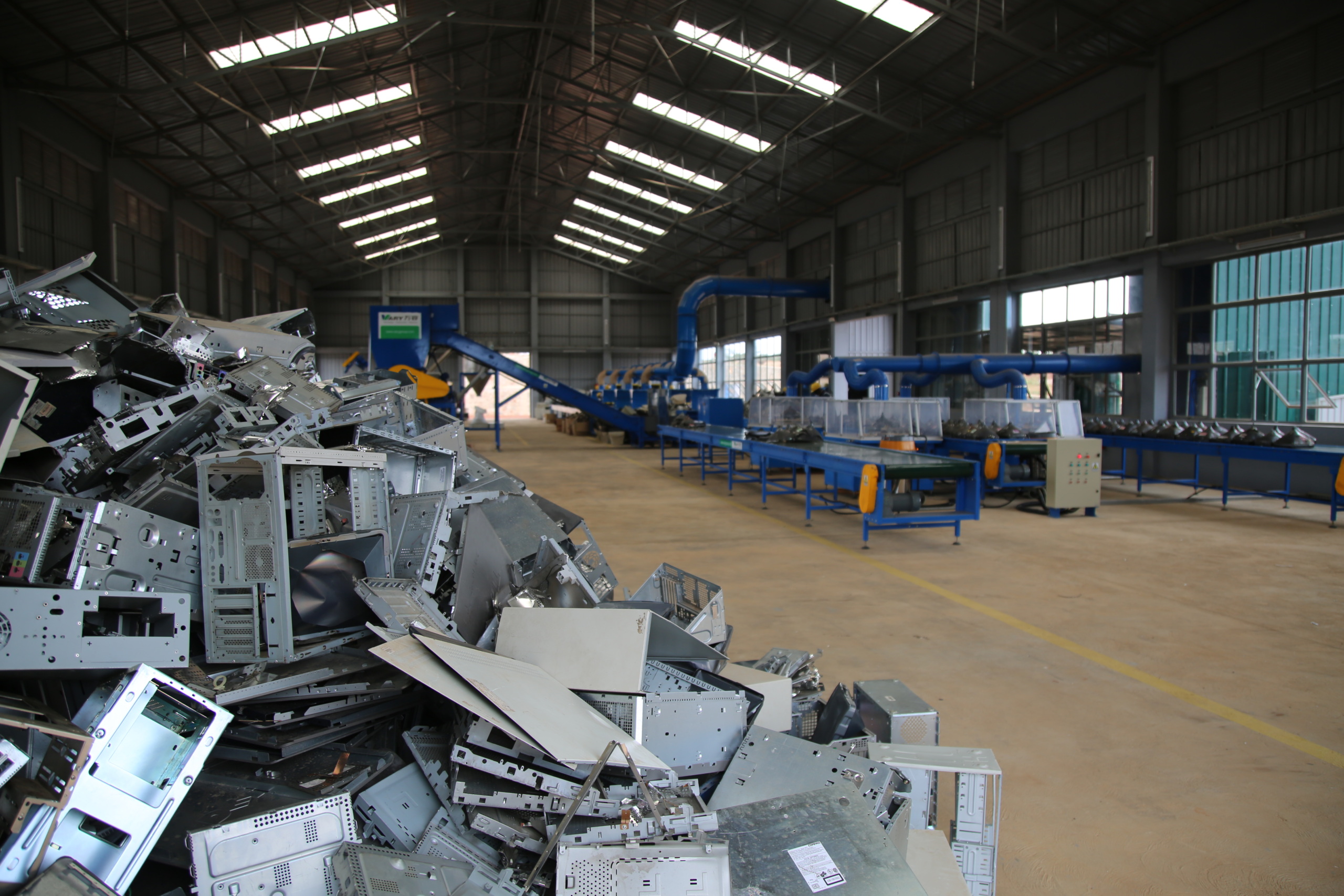
Why Microsoft extended Windows 10 support for schools for $1
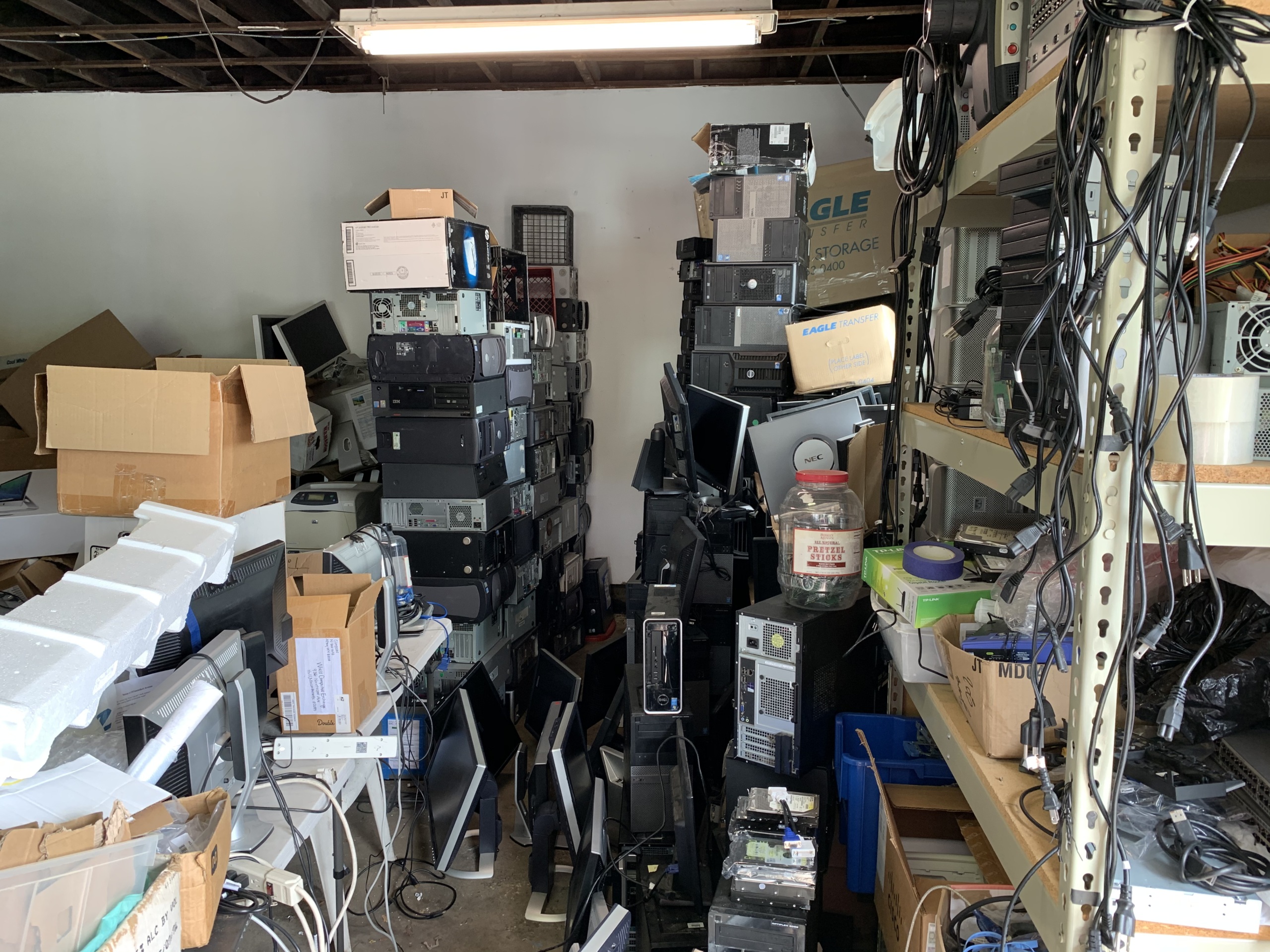
Why do we toss working devices?
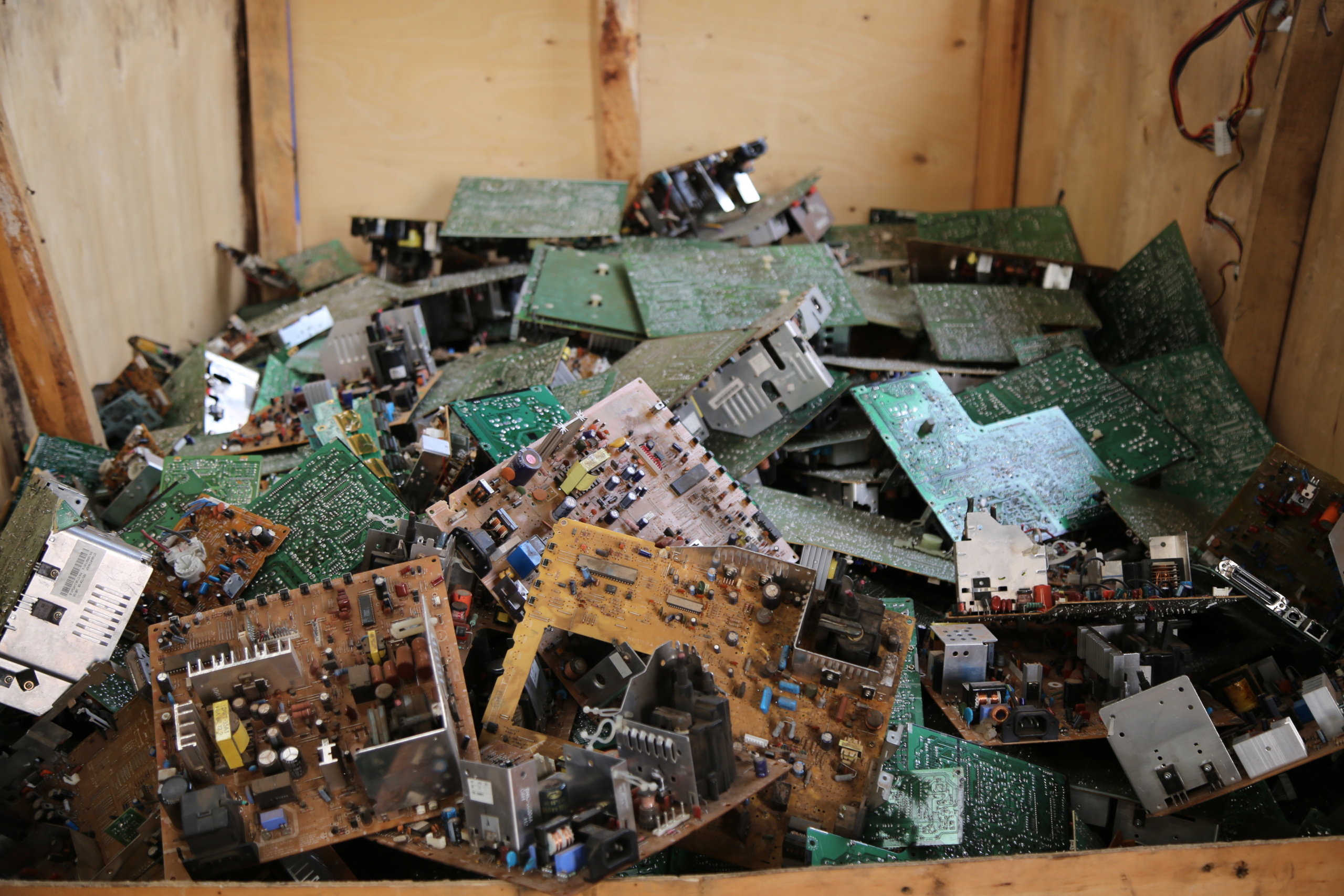
6 surprising facts from the UN’s 2024 electronic waste report

